Volkswagen Beats EPA Buzzer, Details Fix to US Officials

On Friday, Volkswagen of America detailed its plan to fix nearly 500,000 illegally polluting diesels in the United States to officials with the Environmental Protection Agency, the government body announced in a statement late Friday. The automaker was required to detail the fix no later than Friday.
The EPA, along with the California Air Resources Board, will review the proposal, said the statement. However, the EPA did not detail the proposal to the media or public and did not give a timeframe on when to expect the proposal to be detailed publicly.
The proposal only addresses issues detailed by the EPA in its September 18 Notice of Violation that applies to Volkswagen’s 2-liter diesel engines and not the 3-liter diesels which may also be cheating emissions tests.
Late-model vehicles will likely only require a software fix as they’re already equipped with selective catalytic reduction (SCR) systems that use urea to reduce nitrogen oxide emissions. However, the majority of affected cars powered by EA189 diesel engines could require more extensive fixes that may include the installation of SCR systems.
TTAC learned that dealers expect the rollout of fixes to begin in February in the United States. German transport authority KBA has also ordered Volkswagen to roll out fixes faster in that country.
In total, Volkswagen may have to fix 11 million diesel vehicles powered by the group’s 2-liter diesel engines.

More by Mark Stevenson

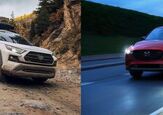
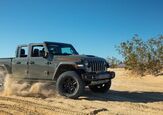
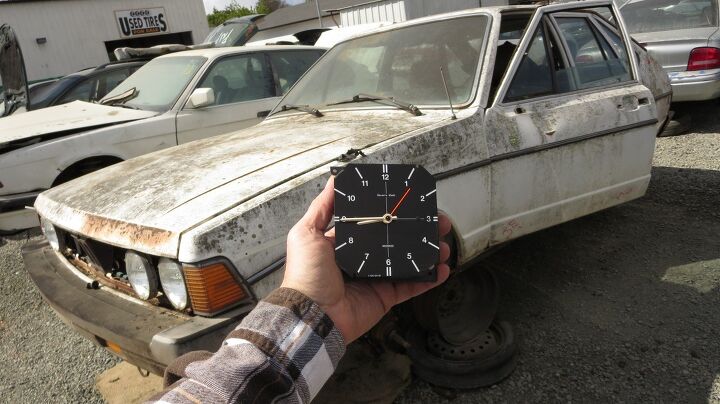












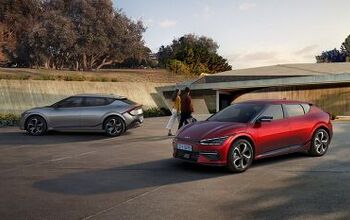
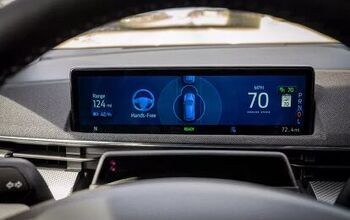
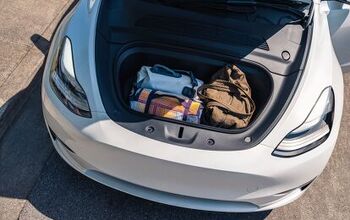
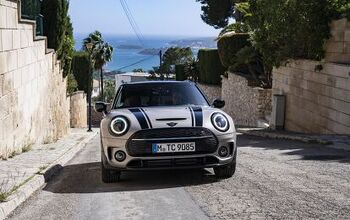
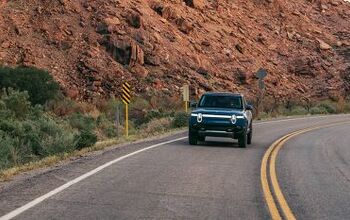


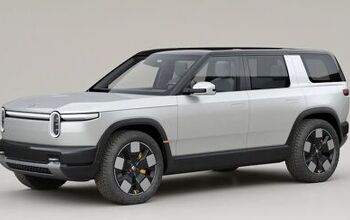
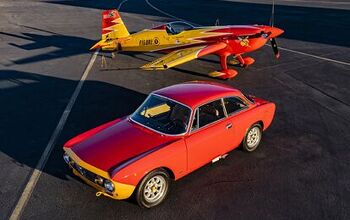
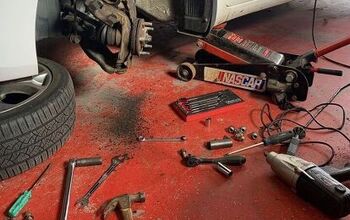


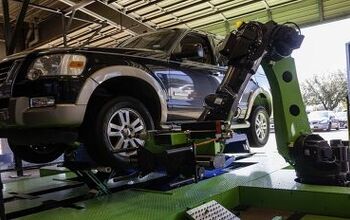
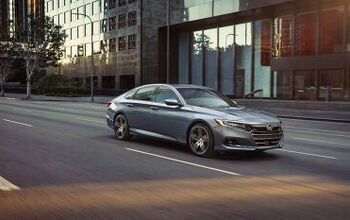
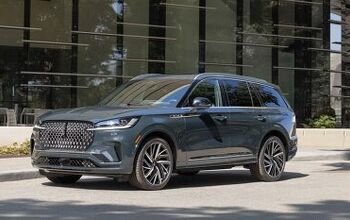
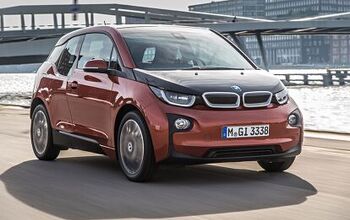

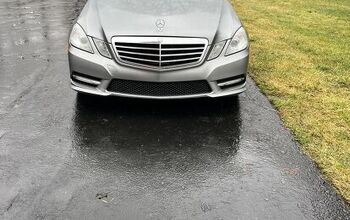
Comments
Join the conversation
Part of the plan better include a buy back
I don't know how their suppliers can produce enough parts in time for these deadlines, especially given the urgency and volume in Europe.
I have relatives who run a car recycling business in Middlesex, NJ. Land is scarce and expensive there so they do not let the cars sit. They are immediately stripped of parts they think are salable in South America. The bodies are then crushed and sent to the shredder. They do not retail any of the salvaged parts, but instead ship them in containers to Columbia.
The picture is wrong: the clock should read 11:59.